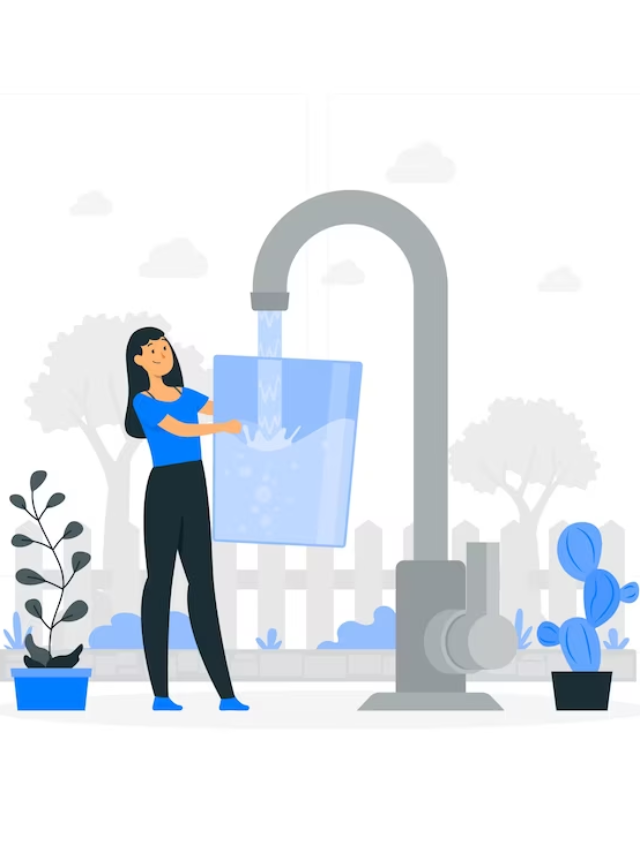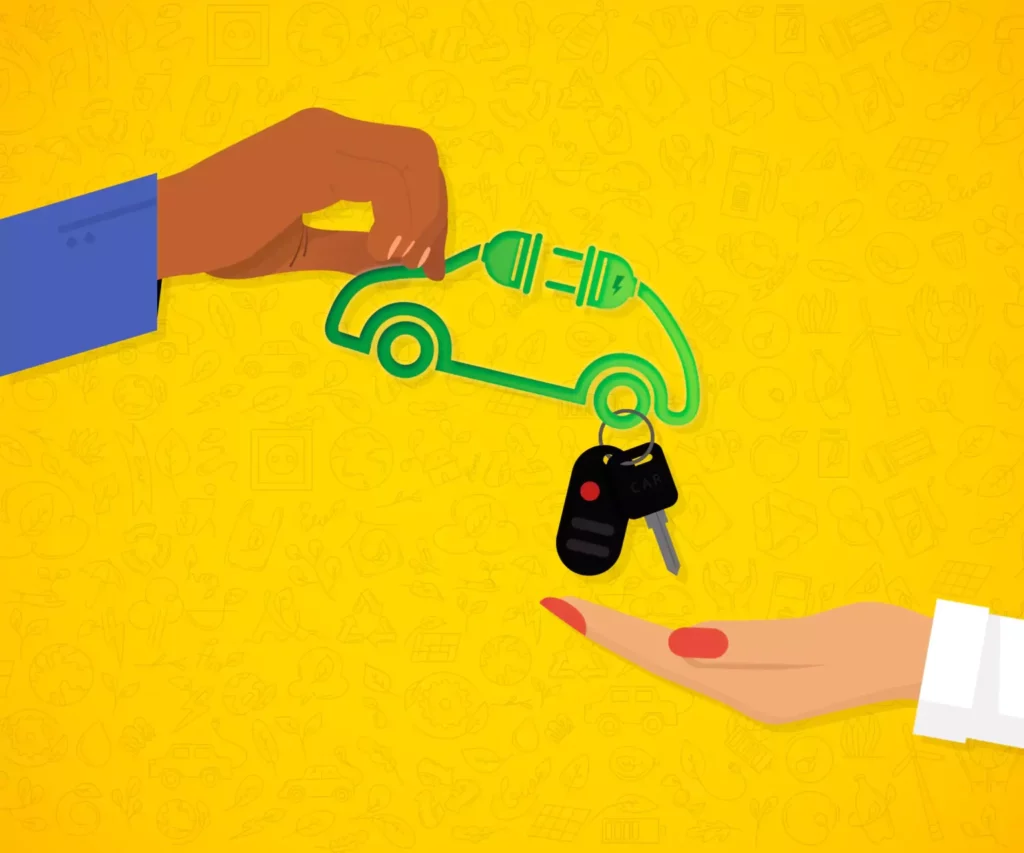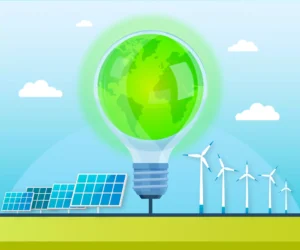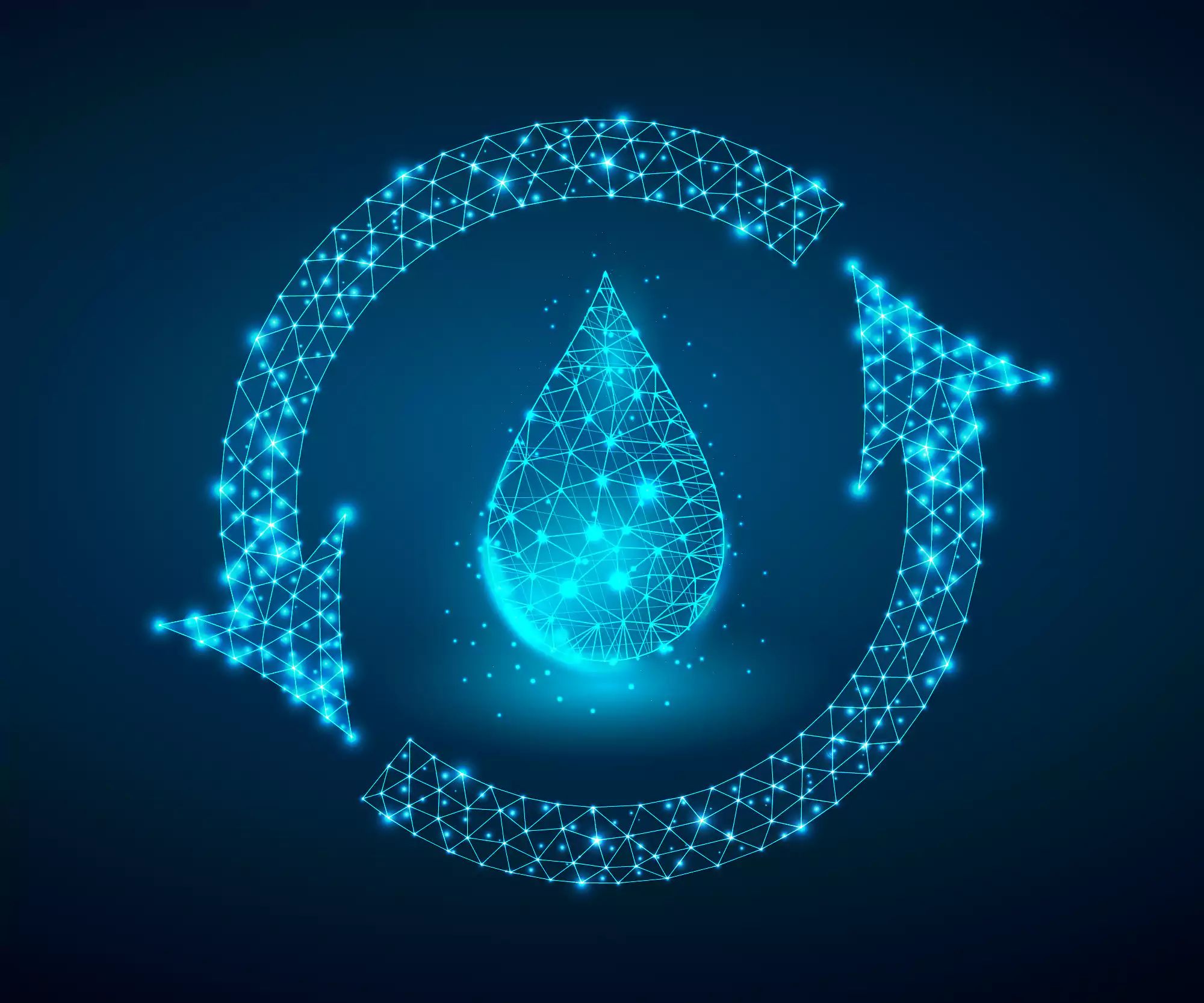
Human beings have fought and died over water throughout their existence. There is arguably nothing as integral and divisive as water. We all need it as much as anybody else. And yet we don’t all have the same amount of it. This article will explore how water data and technology can help humans with growing water problems. However, it is essential to note that we do not have all the answers yet. The solutions that we have are a work in progress, and they are not near perfect.
What water data tells us
Think back to your lesson at school, where your primary school teacher introduced you to the water cycle and the various uses of water. I can remember chanting along with the rest of the class things that we already knew—things that were innate to our being—that water was used for drinking, washing, cooking, and so on. Water is so central to human life that this lesson was probably the only one in school that every child would ace on the test.
As the population grows, there is also a growing need for water. Most of us are already aware of the approximate numbers behind the problem. Of all the water on the planet, less than 3% is freshwater. Of that, less than 1% is actually accessible to us for use—the rest is locked up in glaciers, ice caps, aquifers, or buried deep in the ground. With a global population of over 7 billion people—most of whom live in developing countries—these numbers present a severe problem.
There has been a sharp increase in the use and withdrawals of freshwater over the years—especially in the BRICS nations (Brazil, Russia, India, China, and South Africa). This increased consumption means we are quickly depleting already scarce freshwater reserves. Further aggravating the issue is the problem of unequal distribution of freshwater around the globe. While some places have it in abundance, others struggle for even the basic amount of water for survival.
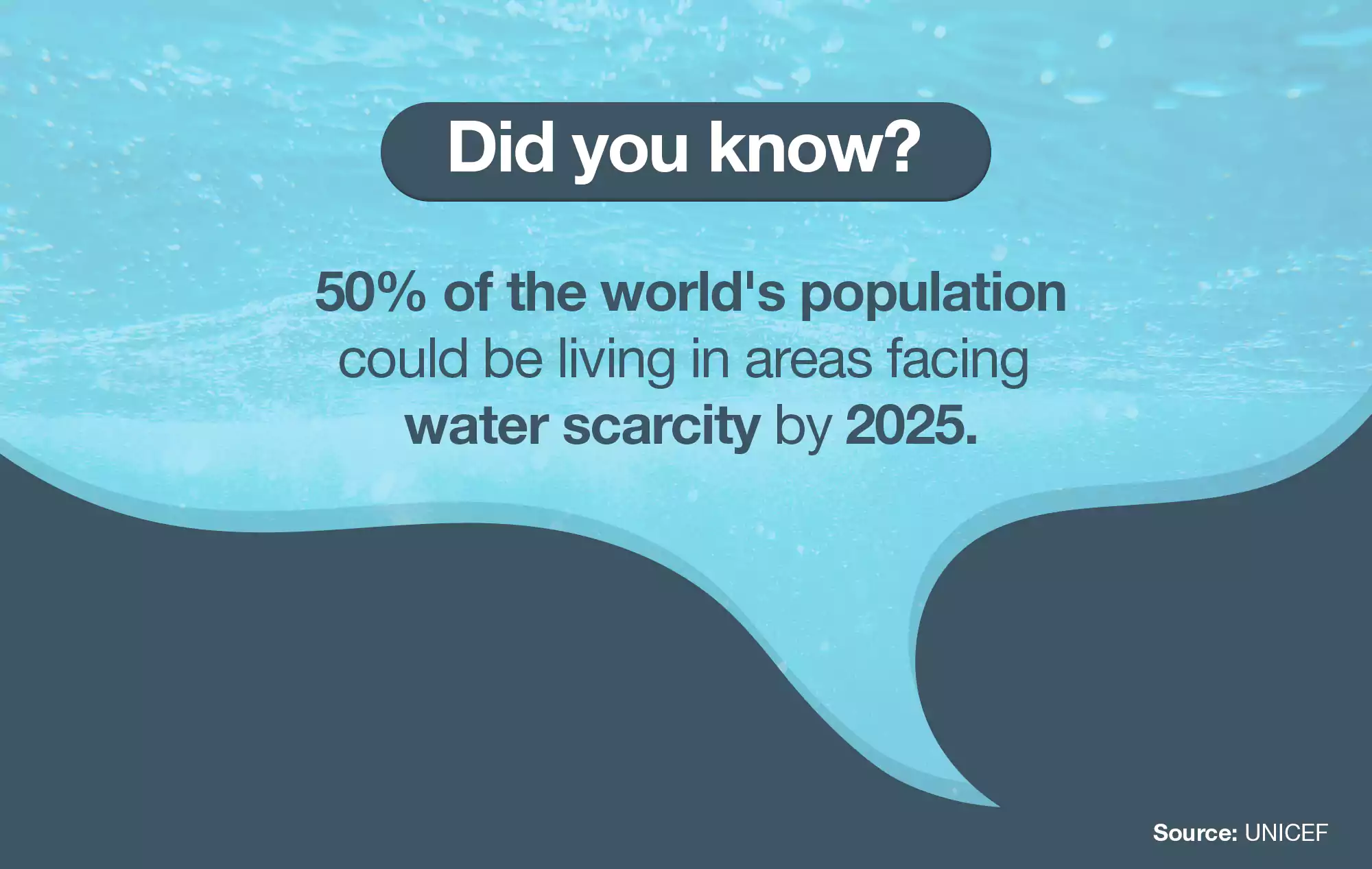
How can water data and technology help?
The solutions to these problems come down to three aspects—dealing with the supply, managing the demand, and reallocating wherever necessary. Water data and technology can help with each of these aspects. So let us examine each element individually.
The supply
As I mentioned, we do not have enough fresh water to sustain our lifestyles at the rate it is growing. So the question is how we can increase the supply. One of the biggest and best methods we have so far is desalination.
We know that 97% of the water on the planet is salt water. So technically, there isn’t much of a supply problem here. Desalination is a process that can help us turn it into water that is fit for drinking, agriculture, and so on.
Many countries do not enjoy the privilege of having enough fresh water. They use technology to cater to their needs. For example, over 90% of Kuwait’s water comes from the sea after desalination. Israel produces more water through desalination than it requires. However, this process is difficult because it consumes a great deal of energy, making it more expensive. And as we know, technology needs to be as sustainable as possible in order to earn its place. Fortunately, leaps and strides are being made to make the process more energy efficient.
In addition to desalination, groundwater and sewage treatment plants help to build up the water supply. Of course, not all of this water is fit for drinking, but most of it can be used for washing or farming, if nothing else.
The demand
While increasing the supply is one part of the solution, it would be much easier to manage freshwater demand. It is possible to control the demand through various methods such as education and awareness. If we are more mindful of the water we use, there will be lesser chances of water wastage. However, we cannot make a real difference at the household level but rather at levels that use large amounts of water, such as industries and agriculture.
Precision irrigation uses technology and data to give crops exactly the amount of water they require for optimal health. This technology involves soil scans and thermal cameras which can indicate when ideal conditions are available for farming. It requires far fewer resources which increases its efficiency dramatically. With less space and water used to yield higher production, this technology offers a cost-effective method to support in the long run. As a result, there will also be much less wastage of water. Precision irrigation will also be significant as growing populations, increased demand for food, and reduced amount of arable land become the forefront of human problems.
Another way we can manage the demand for water is by identifying the wastage of water. Large amounts of data on water usage in an area can help identify potential places where water wastage occurs. Additionally, imaging can help inspect pipes to find leaks. At the same time, pressure and flow data can determine areas of the piping that require repair or replacement.
In addition, organisations can create simple software to help people track the total amounts of water used in their houses. On an individual level, this could help people contribute to the larger struggle.
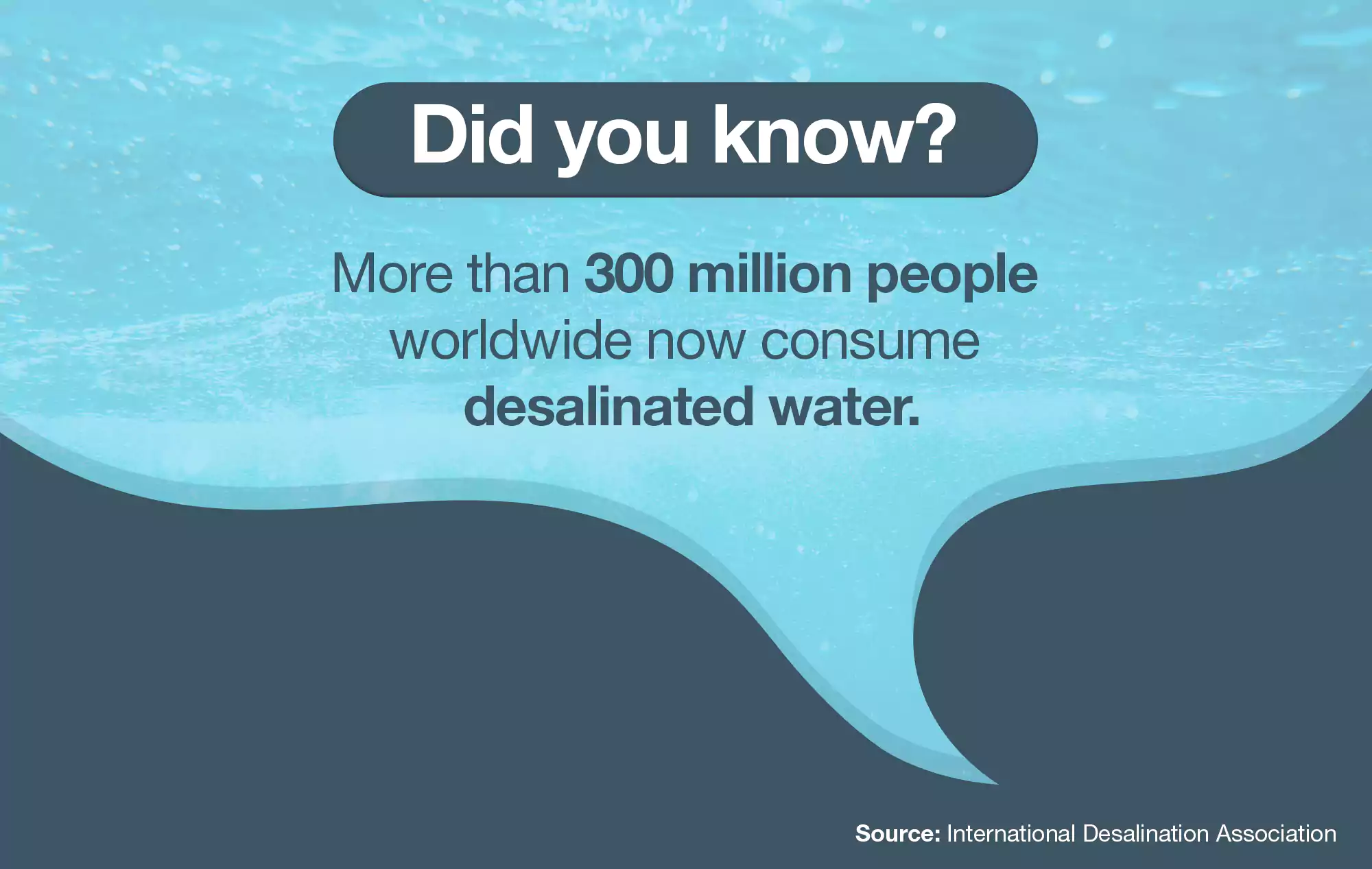
The reallocation
Data is central to figuring out which areas require more water by considering the amount of water that one particular area uses and the amount of water available to them. Water trading will become increasingly common and necessary in the coming years, where water data and technology are likely to be at the heart of these processes. For instance, water trading could be advantageous in places that require water for irrigation and do not have sufficient access.
When water data plays flood monitor
AI can use historical data and imagery and combine it with other data (socio-economic, land cover, infrastructure, etc.) to assess the flood risk of a place. With urban flooding increasing all around the world, this would be a tool that would help to save lives and livelihoods by mitigating the risks before the flood occurs.
Professor Kongjian Yu has designed the idea of a sponge city where water flows naturally. By decreasing the concrete, increasing green cover, and cleverly using terraces on the land, he has been able to turn over 250 Chinese cities into sponges. These cities have areas (located far away from the major parts of the city) to retain water in the monsoons, which turn into parks during the dry seasons.
There is little doubt about the problems ahead of us regarding water. Of course, the massive elephant in the room is that developing countries experience most of these water problems. Unfortunately, they cannot afford the data and technology that could help them. As with most environmental issues, human greed got us into this mess, and we must first put our greed aside to find a way out of it.

